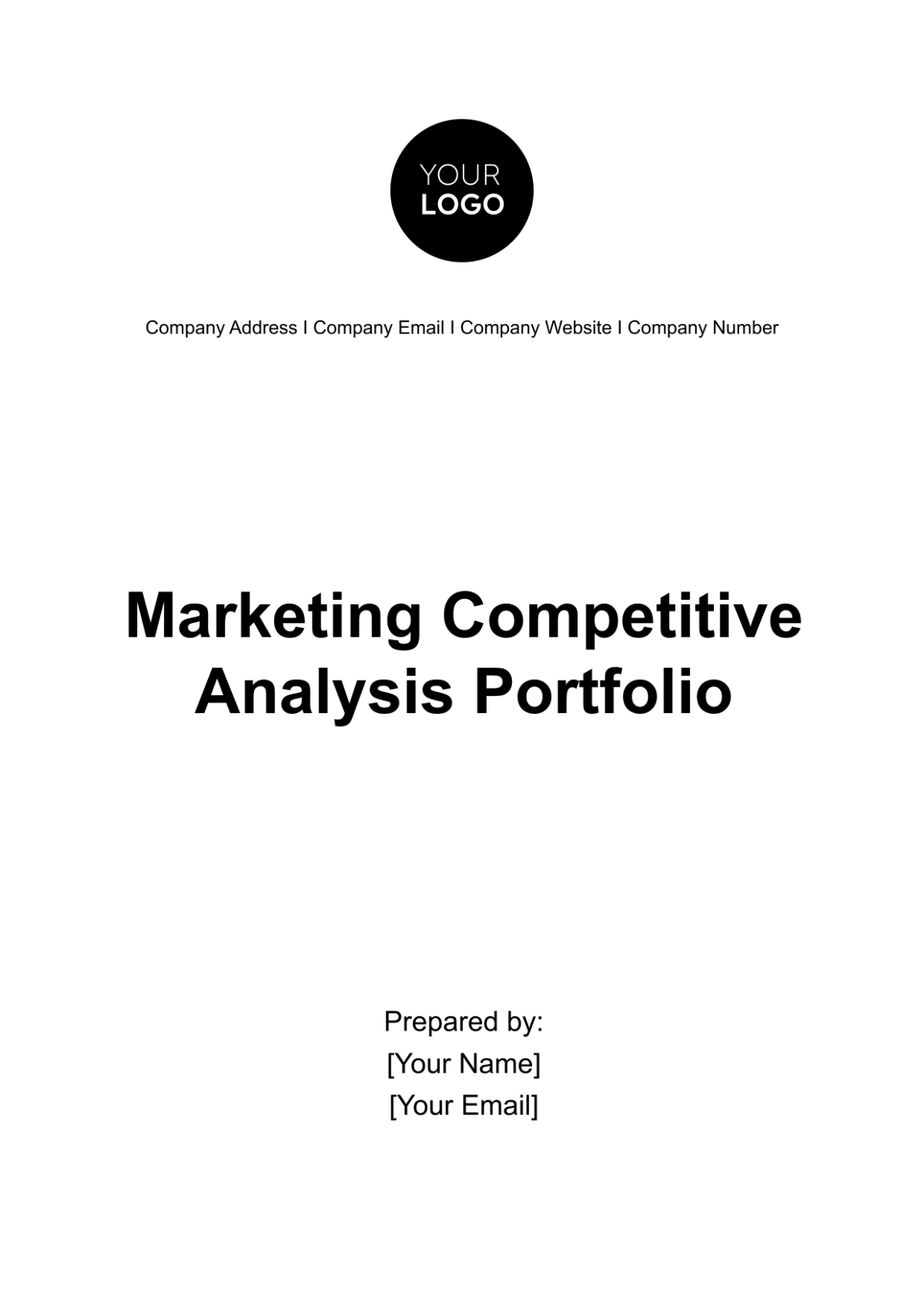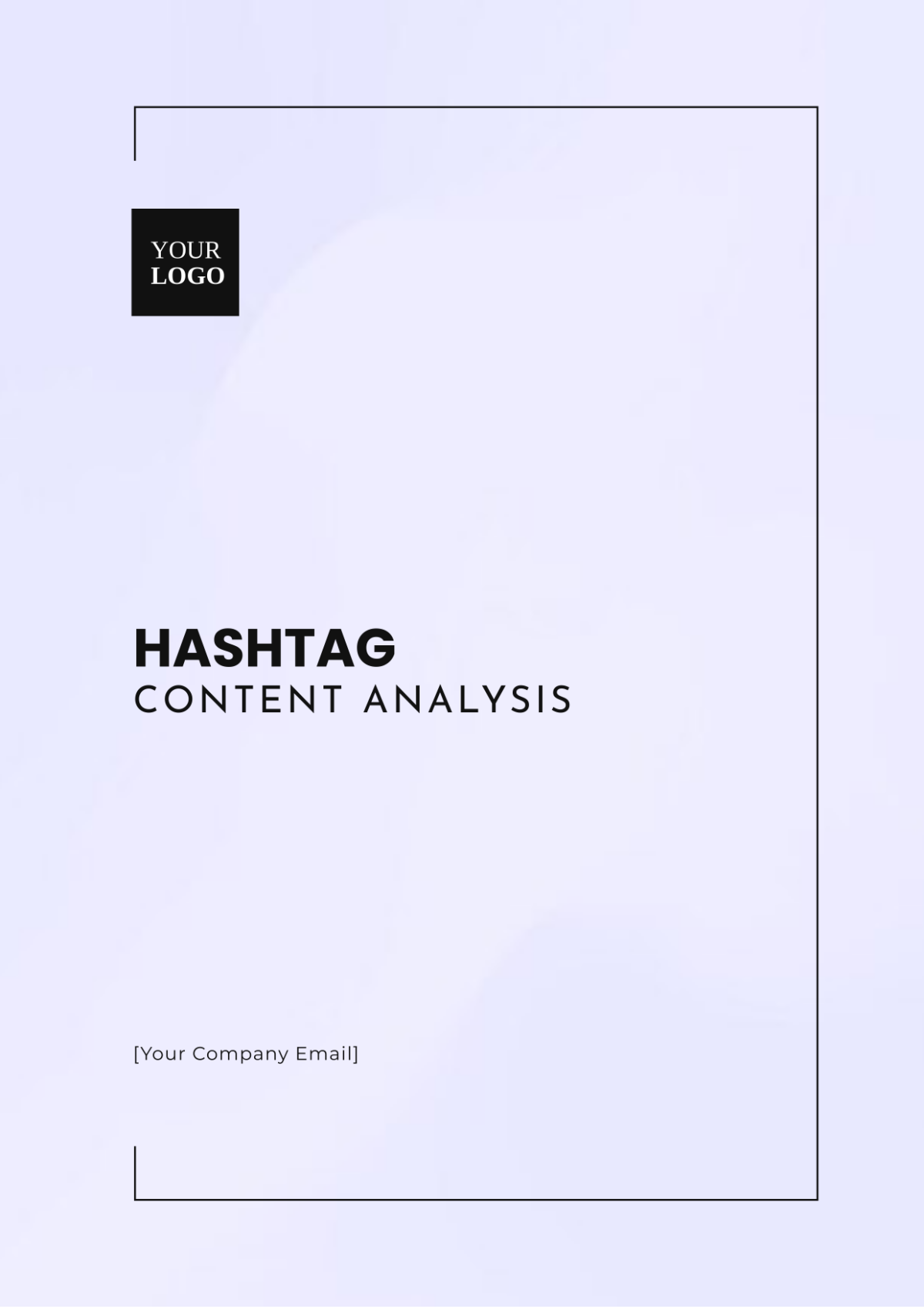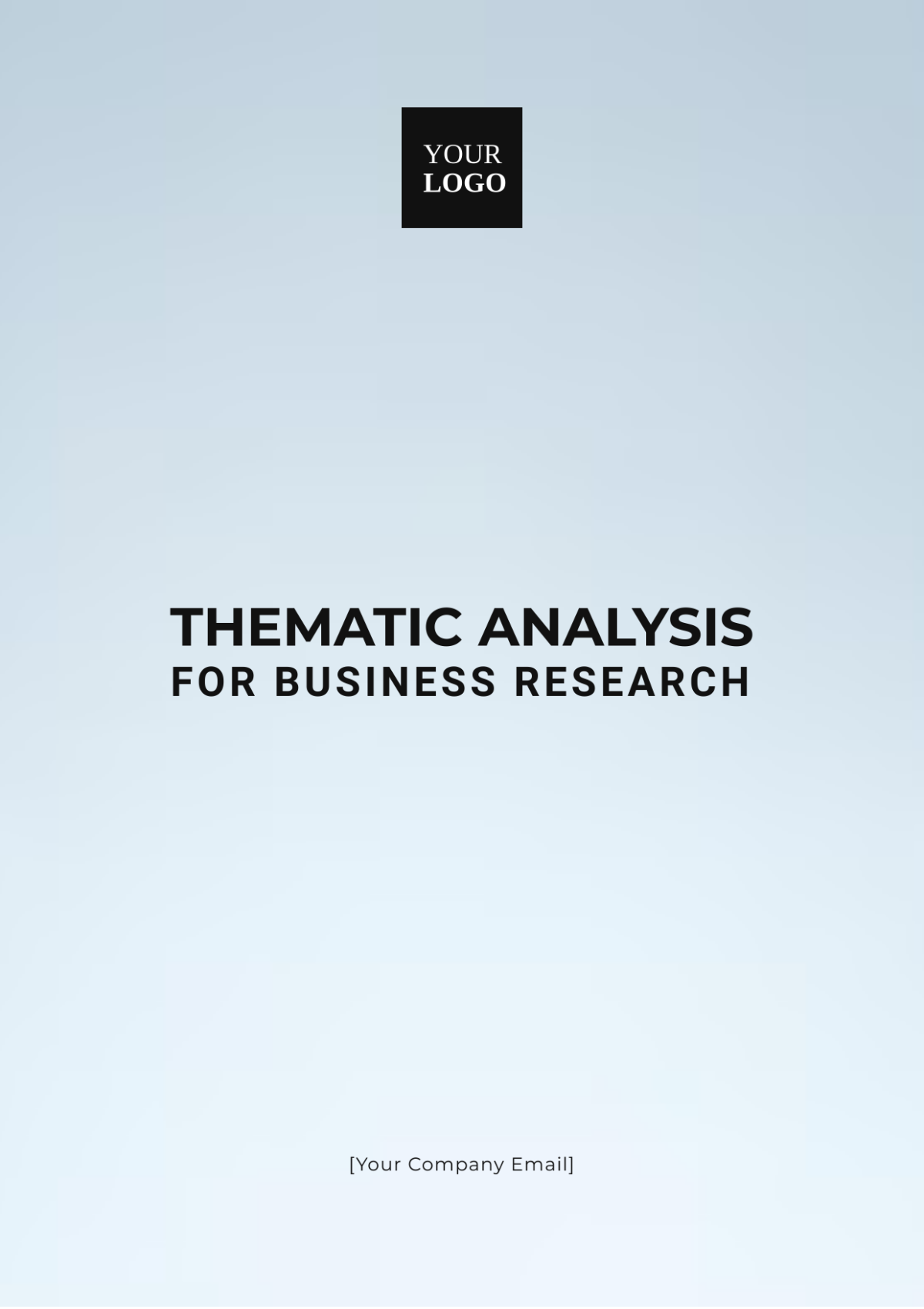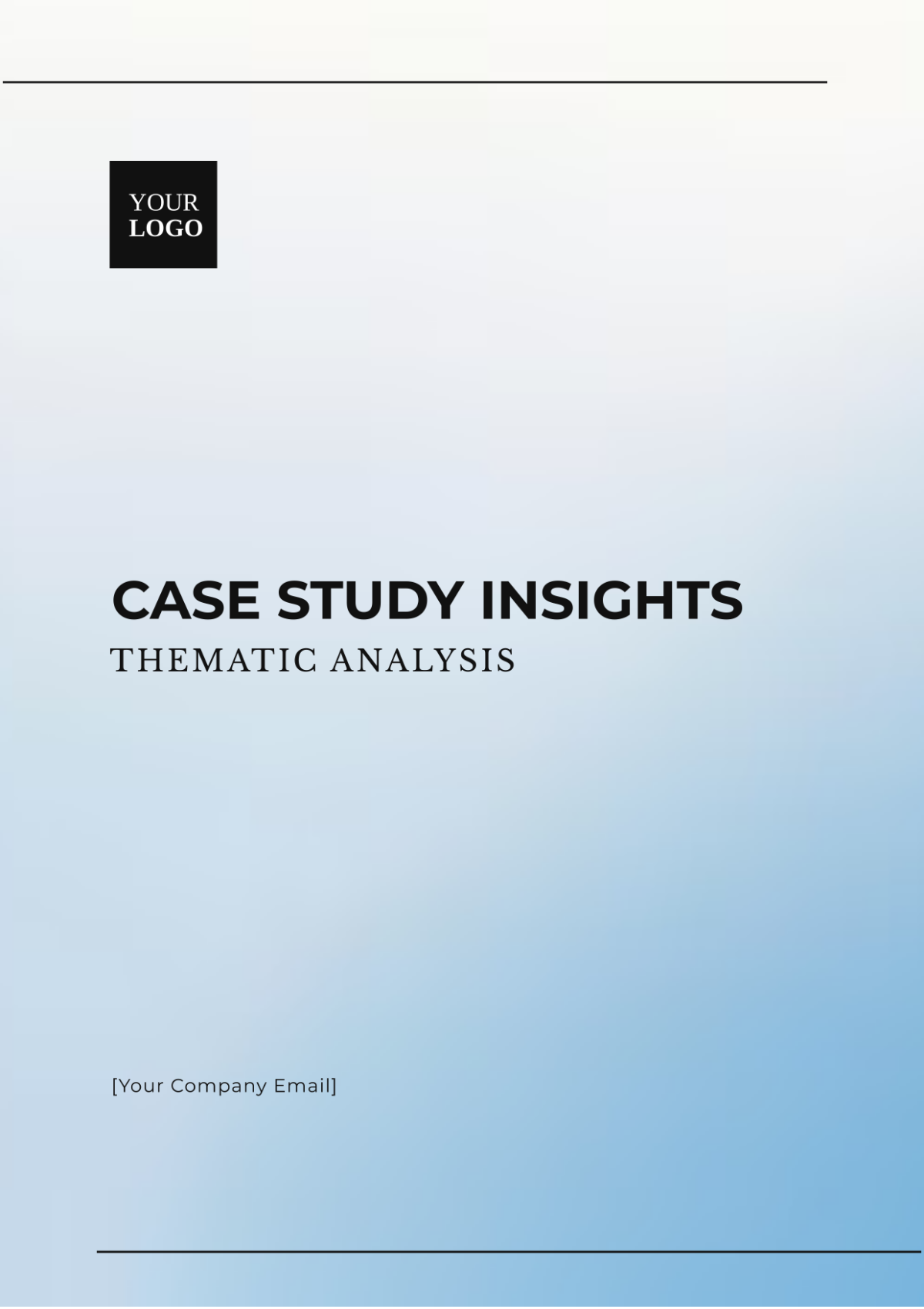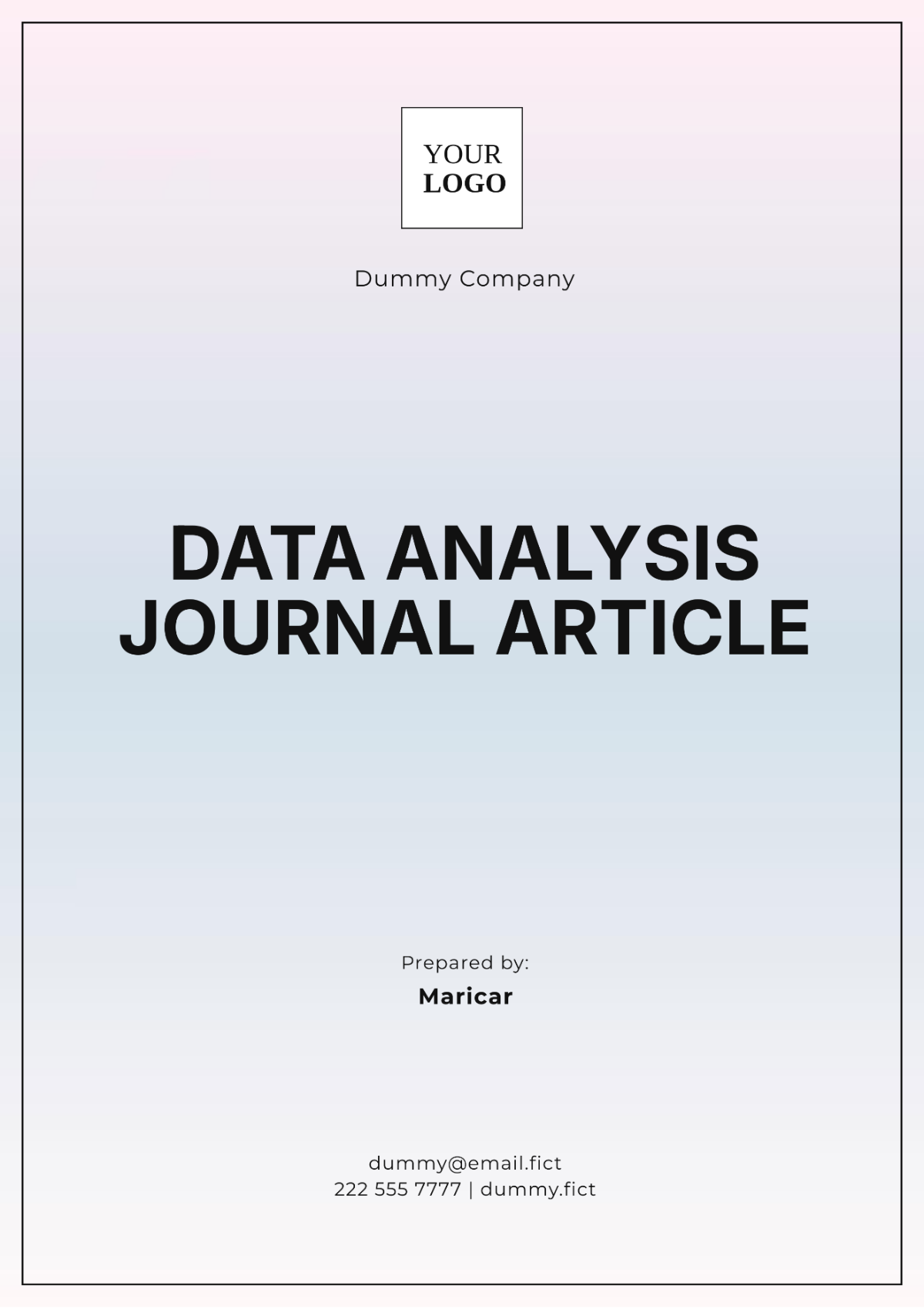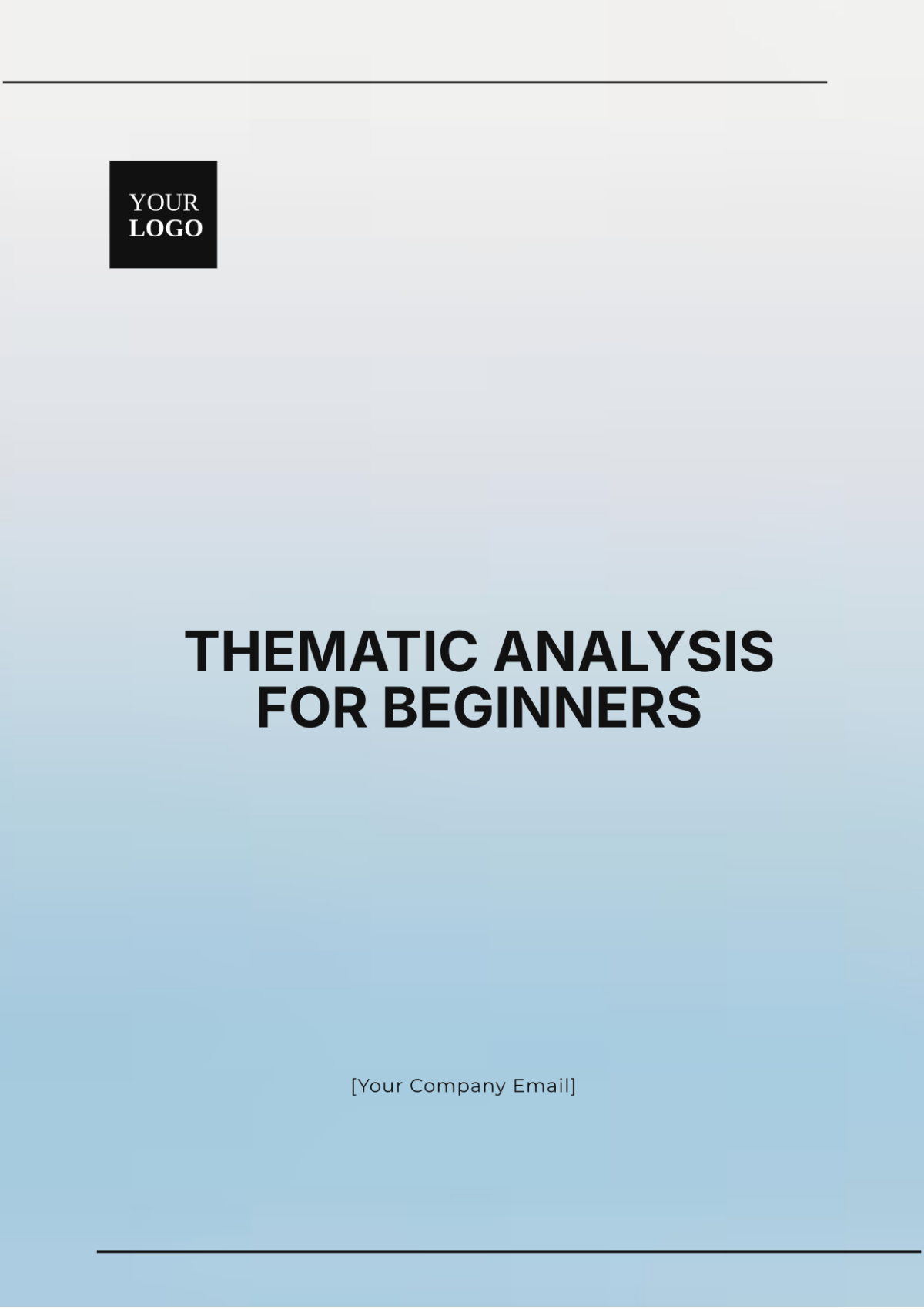Spa Performance Analysis
I. Introduction
Our Spa Performance Analysis aims to evaluate the effectiveness of our operations, customer service, and overall business performance. The analysis covers the period from January to December [Year], focusing on key areas such as revenue generation, customer satisfaction, and employee performance. The analysis is based on data collected from various sources, including sales reports, customer feedback, and employee records. We have used a combination of trend analysis, benchmarking, and SWOT analysis to assess our performance and identify areas for improvement.
II. Key Performance Indicators
Our analysis is based on the following key performance indicators (KPIs), which are used to measure our performance against our goals and industry benchmarks:
Metric | Target Value |
|---|---|
Revenue per Treatment | $100 |
Occupancy Rate | 70% |
Customer Satisfaction Score | 4.5 out of 5 |
Employee Retention Rate | 80% |
Average Treatment Time | 60 minutes |
Repeat Customer Rate | 50% |
These KPIs are critical indicators of our spa's performance and are used to assess our progress towards our business objectives. The target values are based on industry standards and our internal goals for performance improvement.
III. Findings
Our analysis has revealed the following key findings:
Metric | Actual Value | Target Value | Variance |
|---|---|---|---|
Revenue per Treatment | $95 | $100 | -$5 |
Occupancy Rate | 65% | 70% | -5% |
Customer Satisfaction Score | 4.3 | 4.5 | -0.2 |
Employee Retention Rate | 75% | 80% | -5% |
Average Treatment Time | 55 minutes | 60 minutes | -5 minutes |
Repeat Customer Rate | 45% | 50% | -5% |
Trends and Patterns
There is a consistent decrease in revenue per treatment, occupancy rate, and customer satisfaction score compared to our target values. This indicates a need to improve our service quality and customer experience.
The employee retention rate is slightly below target, suggesting a need to enhance employee engagement and satisfaction.
The average treatment time is lower than the target, which may indicate inefficiencies in our operations that need to be addressed.
IV. Discussion
A. Revenue per Treatment
The actual revenue per treatment falling below the target can indicate several underlying issues. It may suggest that pricing strategies are not effectively maximizing revenue, possibly due to prices being set too low or discounts being too frequent. Additionally, it could point to a need for upselling or cross-selling strategies to increase the average spend per customer. Another factor could be a decline in customer demand or a shift in customer preferences, requiring a reassessment of the services offered and their perceived value. Addressing these issues may involve revisiting pricing strategies, improving sales techniques, and conducting market research to understand customer behavior and preferences better.
B. Occupancy Rate
A lower-than-targeted occupancy rate can indicate operational inefficiencies or challenges in marketing and customer acquisition. It could suggest that marketing efforts are not effectively driving foot traffic or that there are issues with the spa's location, accessibility, or ambiance. Operational inefficiencies, such as inefficient scheduling practices or inadequate staffing levels, could also contribute to underutilized treatment rooms. Improving marketing strategies, enhancing the spa's appeal through renovations or ambiance improvements, and optimizing scheduling and staffing practices can help increase the occupancy rate. Additionally, analyzing customer booking patterns and preferences can provide insights into how to better utilize treatment rooms and maximize revenue opportunities.
C. Customer Satisfaction Score
A customer satisfaction score below the target can indicate several areas where improvements may be needed. It suggests that customer expectations may not be fully met in terms of service quality, staff interactions, or the overall customer experience. This could be due to issues such as long wait times, inadequate staff training, inconsistent service delivery, or lack of personalization in customer interactions. Addressing these issues may involve implementing staff training programs, improving customer service processes, and enhancing the overall customer experience through better facilities, amenities, or service offerings.
D. Employee Retention Rate
A lower-than-targeted employee retention rate can signify underlying issues within the organization. It may suggest that employees are dissatisfied with their work environment, management practices, or career development opportunities. This could lead to a negative workplace culture, which can impact employee morale and motivation. Additionally, ineffective retention strategies or lack of recognition and rewards for employee contributions can contribute to high turnover rates. Improving employee satisfaction through better communication, training, and career development opportunities, as well as implementing effective retention strategies, can help increase employee retention rates.
E. Average Treatment Time
A lower average treatment time than the target can indicate various operational challenges. It may suggest that there are inefficiencies in the treatment process, such as delays in scheduling, inadequate staff training, or bottlenecks in service delivery. Additionally, it could point to a need for better time management practices or the implementation of technology solutions to streamline operations. Addressing these issues may involve reevaluating scheduling practices, providing additional training to staff, and optimizing workflow to improve efficiency and reduce treatment times.
F. Repeat Customer Rate
A lower-than-targeted repeat customer rate can indicate challenges in retaining customers and encouraging repeat visits. It may suggest that efforts to build customer loyalty and engagement are not as effective as desired. This could be due to factors such as increased competition, changing customer preferences, or ineffective marketing strategies. To improve the repeat customer rate, it may be necessary to enhance customer engagement through personalized experiences, loyalty programs, and targeted marketing campaigns. Additionally, analyzing customer feedback and preferences can provide insights into how to better meet customer needs and encourage repeat business.
V. Recommendations
Based on our findings, we recommend the following actions to improve our performance:
Enhance employee training and development programs to improve service quality and customer satisfaction.
Implement marketing strategies to attract new customers and increase repeat visits.
Review and update our pricing strategy to increase revenue per treatment.
Improve operational efficiency to reduce treatment time and increase occupancy rate.
Focus on employee engagement initiatives to improve retention rate and overall staff satisfaction.
VI. Conclusion
Our Spa Performance Analysis has provided valuable insights into our performance and areas for improvement. By implementing the recommended actions, we aim to enhance our service quality, increase customer satisfaction, and improve overall business performance. We are committed to continuously monitoring our performance and making necessary adjustments to ensure the success of our spa.
